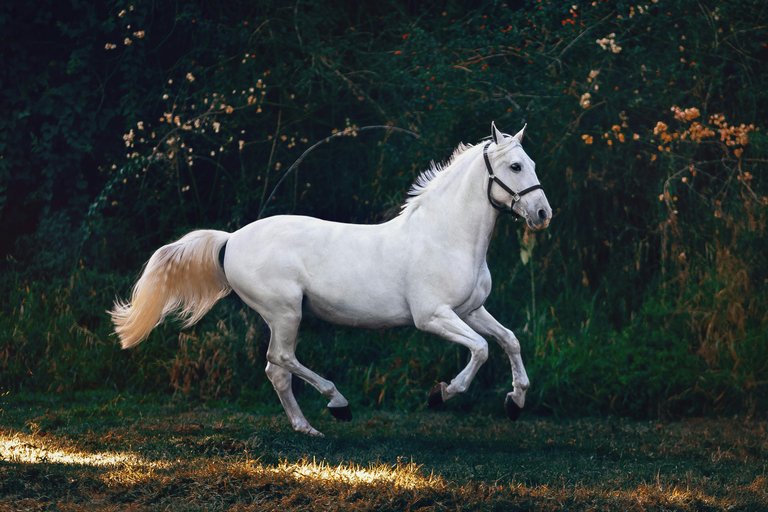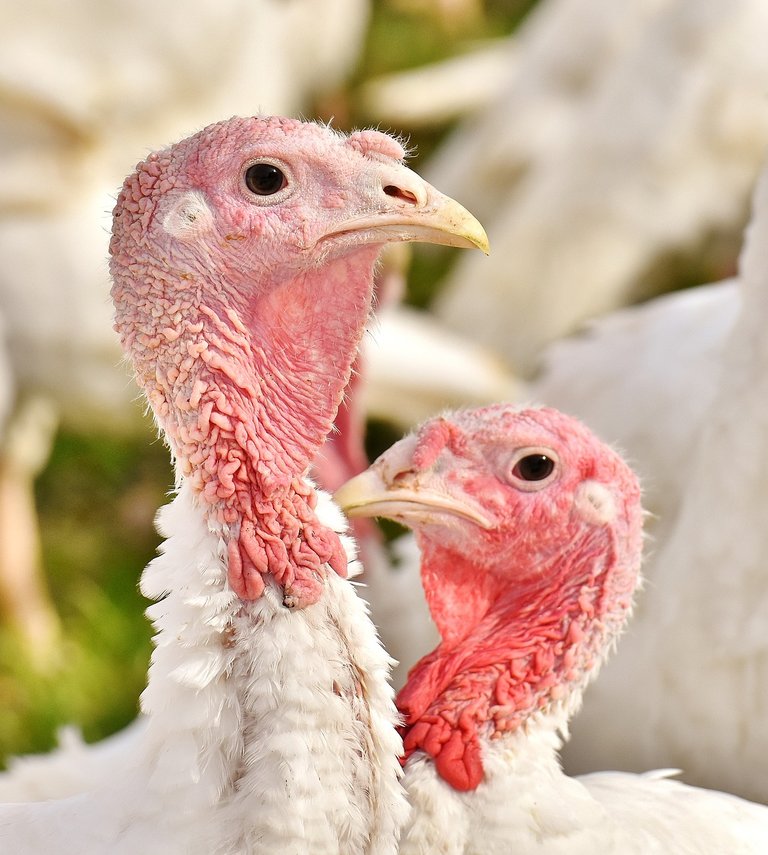Hello friends, it's another time to read from the page of this animal lover, and you know once it comes to the content we create here, it is always about animals. Today, I would love to write about Aflatoxicosis which affects some animal types.

pexels.com
The likes of turkeys, cattle, pigs, ducklings, and horses are mostly affected by this fungal toxicosis. It happens through potent hepatotoxins on animal feed and those stored out of the field, particularly during hot temperatures, insect damage to crops is also a strong factor to make this happen.
Diagnosing a case like this depends on clinical signs, liver lesions, and certainly the detection of aflatoxins in the feed or milk of the animals. Aflatoxicosis is present in many parts of the world, and it affects growing poultry, calves, young pigs, and pregnant sows. It is believed that some other types of animals like sheep, goats, and adult cattle are relatively resistant to the acute form of the disease, but they are susceptible when fed toxic diets over a long period.
Aflatoxins are metabolized in the liver to an epoxide that binds to macromolecules especially nucleoproteins and nucleic acids. The liver functions as the principal organ affected, and the presence of high dosage results in hepatocellular necrosis, long-time low dosages that lead to reduced growth rate, liver enlargement, and immunosuppression.
In a situation of acute outbreaks, death follows a short section of inappetence, with other clinical signs that include; vomiting, depression, icterus, and hemorrhage. Subacute outbreaks are more common with symptoms such as; weakness, anorexia, unthriftiness, feed deficiency, reduced growth, and occasionally sudden deaths.

needpix.com
Speaking more about acute cases, it involve widespread hemorrhages and icterus, where the liver is the major target organ. When checked with a microscope, the liver is enlarged and shows marked fatty accumulations alongside massive centrilobular necrosis and hemorrhage. In subacute cases, hepatic changes are not very pronounced, but the liver is more enlarged and firmer than it should be.
Cases of Aflatoxicosis can be prevented with attention being paid to weather patterns especially cases of drought and insect infestations in crops during growth, and chemical analysis of feeds for aflatoxins before it is used.
Animal owners/caregivers have to stay away from contaminated feed, especially feeding it to young or lactating animals, test should be done to ensure aflatoxin-contaminated feed is clearly below regulatory limits for animal species, age, and production status.
Quality diet should be provided at all times, with great support for adequate liver function. The use of HSCAs can also help reduce adverse effects in poultry and pigs, although the residue wouldn't be eliminated, it would partially reduce aflatoxin M1 in milk.
Contaminated feeds can be avoided completely when the batches of feed are carefully monitored against the contents of aflatoxin. There is no spcific antidote for aflatoxins. However, once suspected, exposure to contaminated feed should be instantly stopped.
Animals have to be provided with a quality diet with prompt attention paid to protein levels. Affected animals may require support of a hepatic function, and antimicrobial therapy for infectious processes and improved biosecurity may be required. The stages of recovery may be prolonged, with serious hepatic damage, and affected animals may never get back to their normal production status.
Clinical signs of Aflatoxin in cattle are; Abortion, diarrhea, anal prolapse, blindness, walking in circles, teeth grinding, frothing at the mouth, straining, and ear twitching. When an animal is terminally affected, he would lie for 48 hours after which is followed by convulsions and eventual death. When the toxin level is low, it may result in a case of appetite loss, reduction in weight gain, or milk production.
Turkey and ducklings are very sensitive to aflatoxin. Reduced growth rates are the most common signs, increased mortality and diseases can happen as a result of a weak immune system. Chickens also show similar signs. but they are more resistant than turkeys and ducks laying hens are even more resistant, but immunosuppression is possible.
Younger pigs are more at risk than adults, and it comes with several clinical signs like; depression, lethargy, Jaundice, and death which comes in acute cases. Irregular growth is noticed across a liter too in chronic cases.
Horses can show more chronic signs like loss of appetite and energy, serious weight loss, jaundice, anemia, and even sudden death.
Suspected cases of aflatoxin should be reported as soon as possible to avert the case of animal death.
References
business.qld.gov.au/industries/farms-fishing


